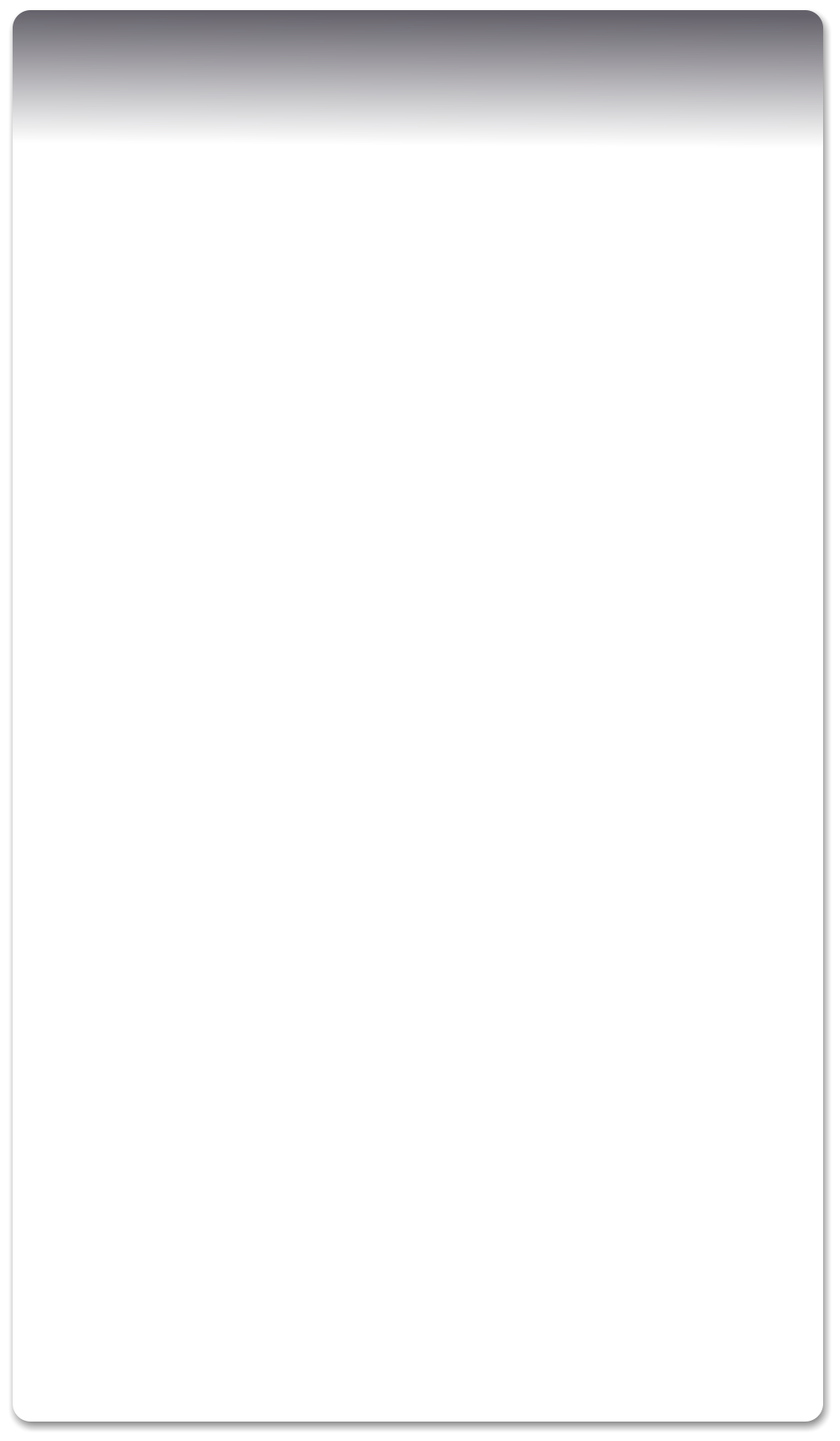


© Estwald ISI 2015 - 2025


Estwald’s
Information System Infrastructures

Gateway Router
The gateway router, or sometimes simply referred to as ‘the router’, is the primary
networking device of a home, SOHO, or SMB network. And for the money it is quite
possibly the best networking value out there. For $50 to $300 this single device typically
provides a four port switch, an access point, a gateway, a firewall, a Dynamic Host
Configuration Protocol (DHCP) server, and possibly one or two USB ports for network-
attached storage (NAS) and/or print server. Ironically it is not a router nor does it function
as one.
Access Point
Lately router manufacturers are advertising their products based on access point speed rather than the total feature set.
And it appears to work otherwise they would stop doing it, so let us look at the numbers and what they mean.
•
300 Mb – 2 150 Mb TRs @ 2.4 GHz (bgn)
•
600 Mb – 2 150 Mb TRs @ 2.4 GHz and 2 150 Mb TRs @ 5 GHz (abgn)
•
750 Mb – 2 150 Mb TRs @ 2.4 GHz and 3 150 Mb TRs @ 5 GHz (abgn)
•
900 Mb – 3 150 Mb TRs @ 2.4 GHz and 3 150 Mb TRs @ 5 GHz (abgn)
•
1.2 Gb – 2 150 Mb TRs @ 2.4 GHz, 2 433Mb TR @ 5 GHz (abgn, ac)
From this point they may add the third 2.4 GHz TR and/or continue adding additional 5 GHz TRs until the number reaches
around 3.7Gb. But what they don’t say also matters. First, if a 150 Mb 2.4 GHz TR is being used for a ‘g’ or ‘b’ connection that
specific TR will drop to the lower speed for all its connections. The same is true for a 433 Mb 5 GHz TR being use for a 150 Mb
‘n’ connection.
Dynamic Host Configuration Protocol (DHCP) server
A DHCP server is a feature of most routers. When a device attaches itself to the network it has its built-in MAC but needs
to be assigned a unique IP. A static IP is one that the user or network administrator assigns and it remains fixed until changed by
an individual. Since most users not only do not know how to do this but have little interest in keeping track of devices and the
IPs that have already been used, an automatic system was devised. This was called a dynamic IP. When a device attaches to
the network it reads packets known as broadcasts. One of these is from a DHCP server and it says, “Hi, I’m a DHCP server and
if you need an IP send me your MAC address”. The IP driver sends back a request for an IP and the DHCP server sends the
driver a unique IP from a group of IPs it has been assigned for distribution ensuring that the one it is sending is not being used
somewhere else. Most operating systems set IP assignments to dynamic so users do not have to worry about it.
Gateway
The single port on a home router usually labelled as either WAN or INTERNET is not a router port. Rather it is a gateway.
Gateways work at the network level but instead of routing, a gateway repackages packets moving from one type of network to
another type of network. Typically a small network will be based on an IP of 192.168.1. The remaining group of 0-255 is
assigned to the local network clients, servers, and network devices. An IP starting with 192.168 is a special class that is not
used outside of yours and millions or others small networks.
So if an IP has to be unique and millions of local networks use 192.168.1, how do returning packets get to the right
network?
A gateway consists of two ports. The external port faces the service provider; the internal port faces the local network and
is connected to the AP and switch. On the service provider’s side it asks for and receives a unique IP, say 209.85.215.53. On
the local network side the port is pre-configured to a default IP, 192.168.1.1, as an example. This gateway address is provided to
all devices on the local network. When a packet is addressed to an IP other than 192.168.1.nnn it is sent to the gateway. When
it gets to the gateway, the gateway rewraps the local network package adding a return address of 209.85.215.53 and forwards it
through the web’s router network to the addressee’s IP. Any return packets are sent back to the 209 address. The gateway
removes the 209 wrapper, and sends the response packet to the originator of the request on the local 192.168.1 network.
Firewall
The Firewall works in conjunction with the gateway. It keeps a record of packet requests sent out and if a packet is
received that has not been requested or does not have special permission to go to a specific device in the local network it drops
it unceremoniously into the trash heap.
















